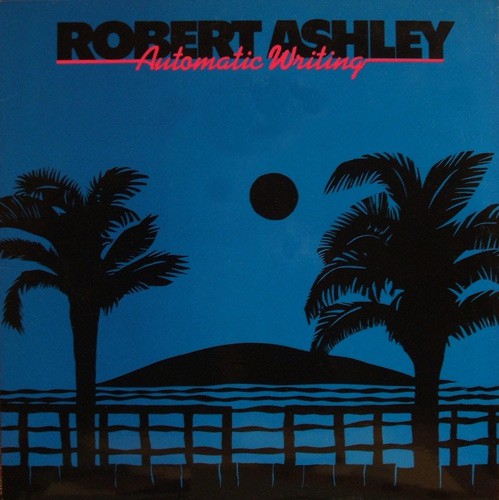ASHLEY, ROBERT - Automatic Writing
Pickup available at 1367 Greene Ave
Usually ready in 2-4 days
1996 release. "Automatic Writing compiles three early Robert Ashley works from 1967-79 -- some of his most experimental works. Composed in recorded form over a period of five years, "Automatic Writing", originally issued on Lovely Music in 1979, is the result of Robert Ashleys fascination with involuntary speech. He recorded and analyzed the repeated lines of his own mantra and extracted four musical characters. The result is a quiet, early form of ambient music. The piece rather famously formed the basis for Nurse With Wounds A Missing Sense (1997). Steven Stapletons commentary on the recording: "A Missing Sense was originally conceived as a private tape to accompany my taking of LSD. When in that particular state, Robert Ashleys Automatic Writing was the only music I could actually experience without feeling claustrophobic and paranoid. We played it endlessly; it seemed to become part of the room, perfectly blending with the late night city ambiance and the breathing of the building." The piece features the voices of Ashley and Mimi Johnson, with electronics and Polymoog backing, with a switching circuit designed and built by Paul DeMarinis. "Purposeful Lady Slow Afternoon" and "She Was A Visitor" are excerpts from an opera entitled "That Morning Thing", composed in 1966-67 as a result of Ashleys impulse to express something about the suicides of three friends. "Purposeful Lady Slow Afternoon", originally issued in 1968, is a womans description of a sexual experience. Ashley attempts "to demonstrate the dichotomy between the rational-whatever can be explained in words-and its opposite-which is not irrational or a-rational, but which cannot be explained in words." The lead voice performed by Cynthia Liddell, the processed back-up chorus, the recurring bell tone, and the pervading tape hiss, create an unsettling mood. "She Was a Visitor" was originally issued on the electronic compilation Extended Voices in 1967. It is another form of description, intended to be understood as a form of rumor. The chorus is divided into groups, each headed by a leader. A lone speaker repeats the title sentence throughout. The separate phonemes of this sentence are picked up freely by the group leaders and are relayed to the group members, who sustain them softly and for the duration of one natural breath. The time lag produces a staggered, chant-like effect, with the sounds moving outward from the nearest performer to the farthest. Booklet notes by Robert Ashley." - Lovely Music.


